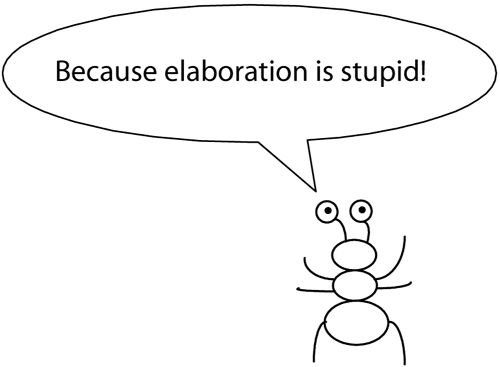18.5 Modeling the Model Compiler as a Domain
| The subject matter covered by the model compiler domain is the subject matter of software system design. Any model compiler must provide implementations of the Executable UML formalism, no matter how indirectly. The model compiler will incorporate conceptual entities specific to the nature of the architecture: Pipes and Filters in a pipes-and-filters architecture; Classes, Operations, and Instances in an object-oriented architecture. The model compiler domain is susceptible to being understood by modeling. It is entirely appropriate to model the model compiler using Executable UML. Or to put it another way, you can analyze your system design. The notion of assumption and requirement pairs applies equally to the application and the model compiler domains.
Our thanks to Leon Starr for lending us the ant and his smart-ass remark. |
EAN: 2147483647
Pages: 161
